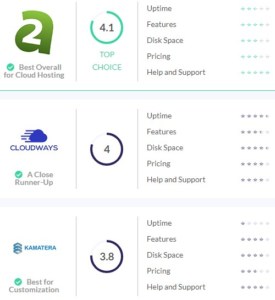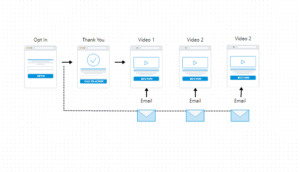5 Things You Should Know Before Starting Technical Service Business

Education plays a vital role in the bright future of a person. After completing the education, he wants to be a successful person. He wants to be independent. Many people started jobs at different places, and some start their own business. The success of a business depends on hard work and patience. Various companies are doing their business. One of them is the Ac Maintenance Company that is providing its services efficiently. They install the new systems and repair or change the older ones.
Kinds of Services:
There are two kinds of services. They are the following:
· Business Services:
It is a kind of service that is between two different businesses. One company or organization gives benefits to the other. It supports the customers that are linked to the business. The examples are order processing, services of email, and ERP.
· Technical Services:
These are the kind of services that IT organizations provide. It is done to support the business. It includes examples like storage, recovery, backup data, and employee provisioning. It is used by the companies indirectly. It helps in the growth of it.
Role of Technical Support:
The world is revolutionized, and it is now a digital world. It accepts technology-based capabilities. In successful business growth, technical support is required. Without it, success could not be possible. Some of the benefits that are gained are the following:
- Communication with the clients is increased. It helps to satisfy them about your brand.
- It provides fastening, boosting, and restoring.
- Use of latest technology to update the instruments.
- They are providing support 24/7.
- They are reducing the costs of IT by helping the companies.
- Helping in the industry issues.
- Communication between the employees is enhanced.
Services that Resolves Issues:
The businesses compete with different issues related to the business. If technical ideas give the services, these problems would be reduced. Some of these services are the following:
- Helping in observing and minimizing the technical issues.
- New accounts are built to give space to new workers and clients.
- Different types of equipment that are old or need repairing are changed or exchanged.
- The technologies that are new in the market are tested so that the business companies can buy.
- Giving ideas to build and maintain a secure network.
- Ordinary people are trained to use the hardware and software.
- A history is kept to keep the records of all the incidents and actions.
- It guides businesses to work independently.
- It develops good presentation and technical skills in the employees.
- It forms efficient telecommunication capabilities.
- Training of the workers to use new applications.
Starting an IT service Business:
The development of the modern business landscape is possible by adopting some technical steps. It helps to stay competitive in the market. It also reduces the risk. Some of the points that are to be considered are:
· Selection of IT services:
The main point in progressing in a technology business is the selection of suitable service. It should be relevant to your clients. Some of them include budgeting and decisions, making strategies, installing and updating, designs of networks, and management.
· Do Homework on your Competitors:
Keep an eye on the types of clients that you select. It depends on the size of the business. Have a look at your competitors that are present around you in the market. Please do some research on them. Identify their products and sales prices. Adjust your billing according to it.
· Structure of Business is Selected:
A successful business does not always start with experience or money. There is a need for a good partnership with the people who support your business. It will affect the taxes you pay, the liabilities, and the paperwork you will do.
· Get a License:
Doing the work officially is essential. Obtaining the license to get permission to start the business is beneficial. The process for obtaining it is different all over the place. It is offered to you by filling in the requirements such as business and its owner, identity number, number of workers, contact, and business address.
· Give a plan of business:
It is a map of the ideas that you portray in front of your partners. Small businesses usually do not have any plans, but the large ones require a proper plan. It is crucial to get funding from companies so, they need a map.
Five things Known before Starting a Business:

A great business is started by adopting some careful steps. These are the following:
· Select your name:
You should own the name you selected. It should be present with a trademark. Use the internet services to check the availability of the brand. If it is not registered, then all the time and money you have spent building your new business can go wasted.
· Understands the Law:
When starting a new work, there are certain legal formalities you have to follow. You have to pay the taxes or make a license for the business that you are doing. The lawyers and consultants can guide you in this respect. Legal work is essential. It keeps your brand’s name safe.
· Care for yourself:
It is the necessary thing while running your business. You have to make insurance of yourself. Keep an eye on all the expenses that you are spending. Cut down all the unnecessary things. Save it for the future. At the start of your business, you can do a part-time job.
· Do endless Hard work:
The key to a successful business owner is hard work. You have to spend days and nights taking care of it. You have to work without considering your personal and professional life. The use of the brain with the endless work will bring fruits.
· Spend Money to Make Money:
You must consider that if you want to make a good amount of money from your business, you have to invest in it. The spending of money at the right place at the right time is necessary.
Author Bio:
Arslan Haider is the author of the above blog. He is a Senior SEO Expert at MediaHicon (deals in SEO services) and currently working on AC maintenance company project. Apart from that, he loves to post blogs with valuable content.
























